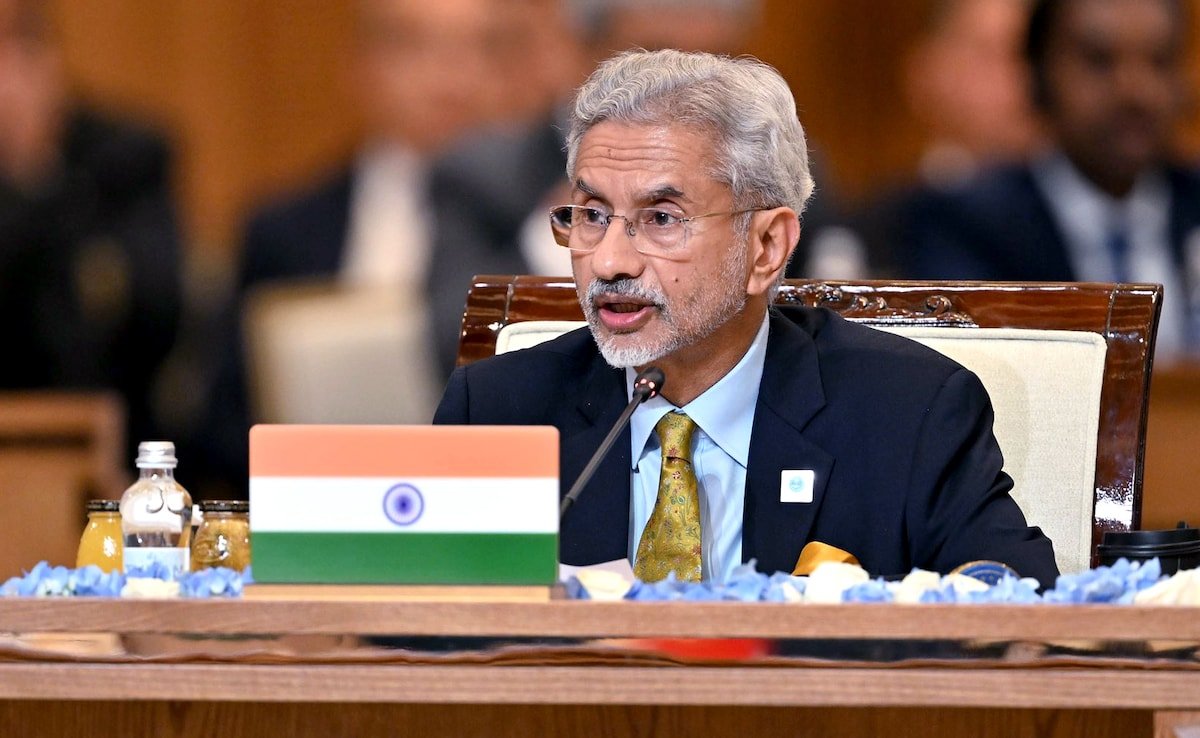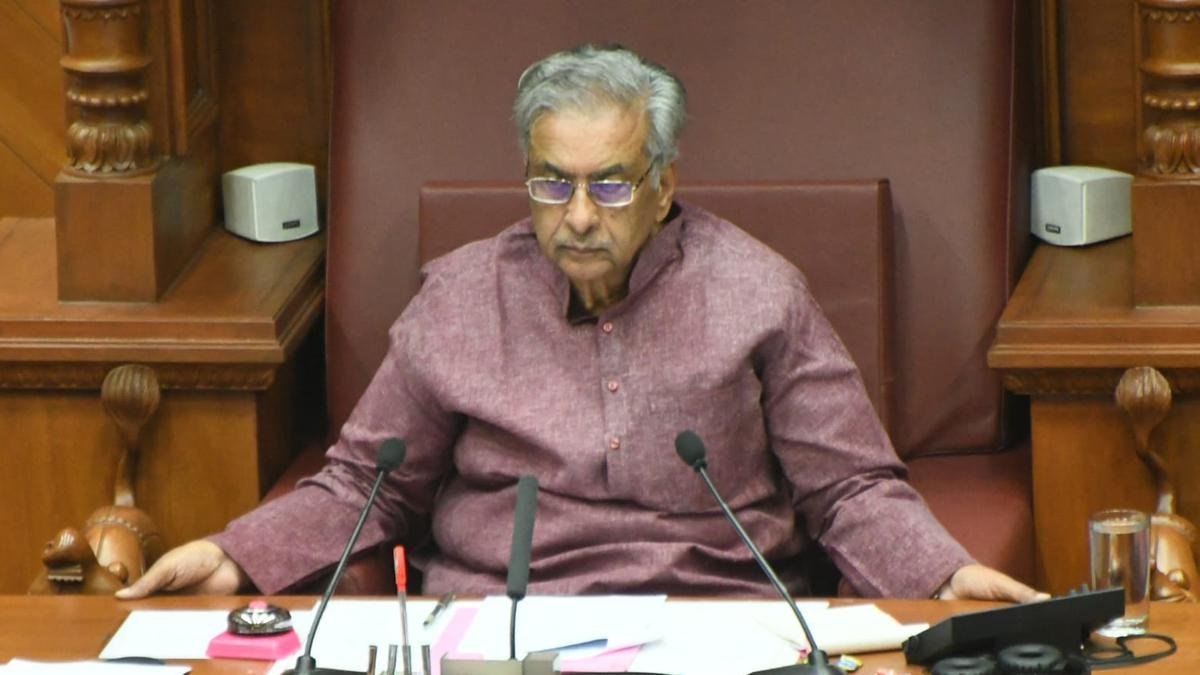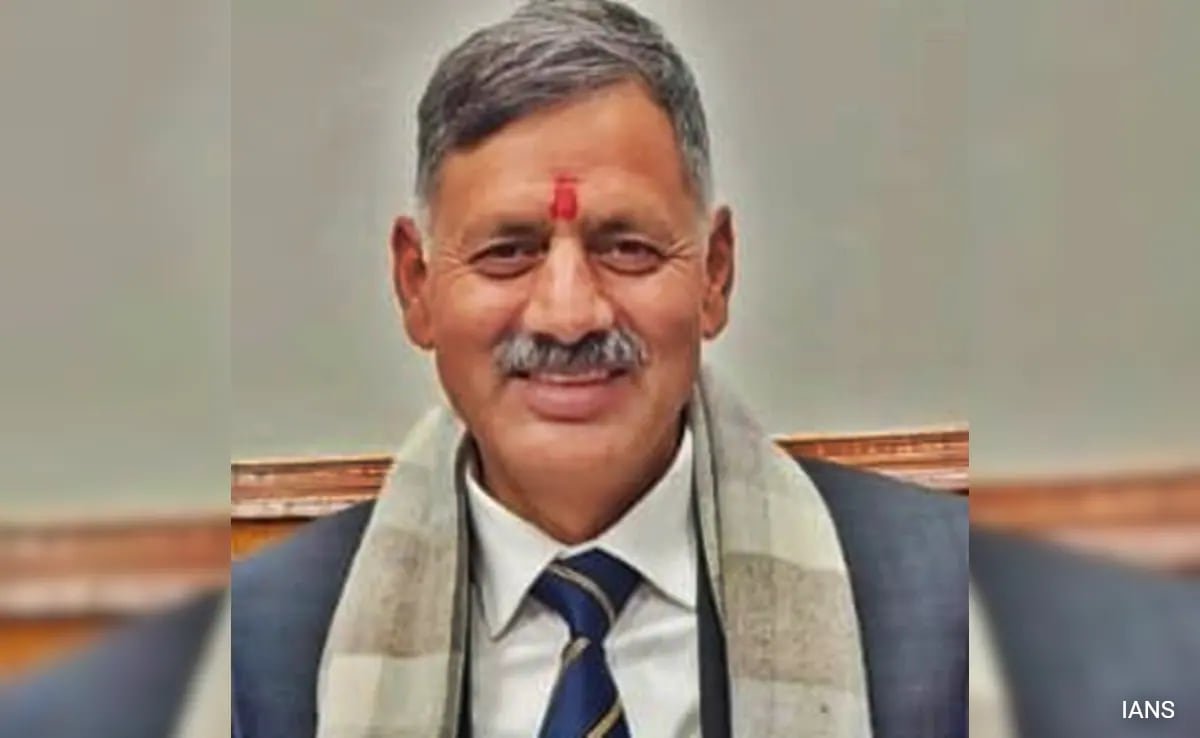
India’s journey towards population stabilisation has shown remarkable progress over the decades. However, as the world’s most populous nation, it’s crucial for us to recognize that the challenge of population management goes beyond mere numbers. It is fundamentally about people, particularly the unreached—women, minorities, young people and marginalized communities—whose reproductive rights, access to resources and health and wellbeing outcomes continue to be inadequate.
India’s population growth rate has seen a significant decline, from an annual rate of 24.7% during 1971-81 to 17.7% in the 2001-2011 decade, with projections suggesting a further drop to 8.4% by 2031. The country’s Total Fertility Rate (TFR)—the average number of children born to a woman over her lifetime—has also fallen to 2.1 or lower, a rate at which the population remains the same from one generation to the next. Only five out of 28 states and eight union territories have a TFR that exceeds the replacement level of 2.1—Bihar, Meghalaya, Manipur, Uttar Pradesh, and Mizoram. Despite these achievements, the disparities in fertility rates across different states and among various socio-economic groups reveal an unfinished agenda.
A critical aspect of this agenda is addressing the reproductive rights of Indian women, especially those who continue to have more children than they desire due to a lack of access or agency to use family planning services. Education plays a pivotal role in this context. Data from the fifth round of the National Family Health Survey—NFHS-5 (2019-21)—shows that, currently, 1 in every 10 married women (9.4%) who want to use family planning methods either lack access or the agency to do so. An Indian study noted that as of 2021, the estimated number of women with an unmet need for family planning was 24 million. Mothers with no schooling have a TFR of over 3, while those with 10 or more years of schooling report a TFR of less than 2. Yet, in 2019-21, only 41% of women aged 15-49 had completed 10 or more years of schooling, with the figure dropping to just over one-third in rural areas.
The situation is even more dire among Muslim women, who have lower access to educational opportunities, as highlighted by the Sachar Committee report. According to NSSO data, only 39% of Muslims in the age group of 15-24 are enrolled as against 44% for Scheduled Castes, 51% for Hindu OBCs and 59% for Hindu upper castes. This educational disparity is a significant factor in the higher fertility rates observed among Muslim women across several states. As per Census 2011, the literacy rate in the country has increased to 74% in 2011 as compared to 64.8% in 2001, and the literacy rate amongst the Muslim population has increased from 59.1% in 2001 to 68.5% in 2011.
Economic status also influences fertility rates. NFHS data reveals that women in the lowest wealth quintile have a TFR above 3, while those in higher wealth quintiles have a TFR below 2. This underscores the intersectionality between caste, class, and gender, where the least educated women, often belonging to socially and economically disadvantaged groups, face the highest fertility rates.
If we analyse the NFHS data further, fertility rates by religion and by state vary. For instance, fertility among Hindus of Uttar Pradesh (2.29) is higher than that of Hindus of Kerala (1.53) and the same holds true for Muslims (TFR of 2.66 in UP against TFR of 2.25 in Kerala). Also, the TFR among Muslim women in Kerala (2.25) and Tamil Nadu (1.93) is lower than the TFR among Hindu women in Bihar (2.88) and Uttar Pradesh (2.29). Kerala and Tamil Nadu have achieved TFR well below the replacement level by investing in better healthcare and education for women. The data demonstrate that TFR is correlated to education and income: as the level of education and income increases, TFR decreases.
Beyond reaching the unreached, it is crucial to empower all women to exercise control over their life decisions. The UDAYA survey conducted by the Population Council in 2015-16 found that in Bihar, 61% of married girls aged 15-19 had no say in choosing their husbands, and 77% met their spouses for the first time on their wedding day. This lack of autonomy spills over into fertility decisions, with women unable to decide the number of children they want.
Moreover, despite 98% of women knowing about modern contraception, only 57% of currently married women use these methods, with the increase over 15 years being marginal—from 49% in 2005-06 to 57% in 2019-21. Female sterilisation remains the most commonly accessed method, highlighting the limited responsibility men take in family planning.
India’s expanded family planning programs—such as the introduction of long-acting reversible contraceptives such as injectables and implants and the Mission Parivar Vikas Programme targeting high fertility districts—have shown positive results. Yet, more targeted social and behavioural change communication strategies are needed to address social norms that constrain women’s agency and reproductive autonomy.
While India has made significant strides in population stabilization, the journey is far from over. As the Budget comes up and we celebrate World Population Day, prioritizing the needs of minorities, marginalized communities, and women is essential to achieving an equitable and sustainable population policy. Investments in women’s education, health, and economic opportunities, coupled with efforts to change social norms, are critical to ensuring that all women can decide if, when, and how many children they have.
As JRD Tata aptly put it, “No real social change can occur in any society unless women are educated, self-reliant, and respected.” By focusing on human development, we can ensure that population management becomes a matter of expanding freedoms and rights, rather than mere control.
Disclaimer
Views expressed above are the author’s own.
END OF ARTICLE






